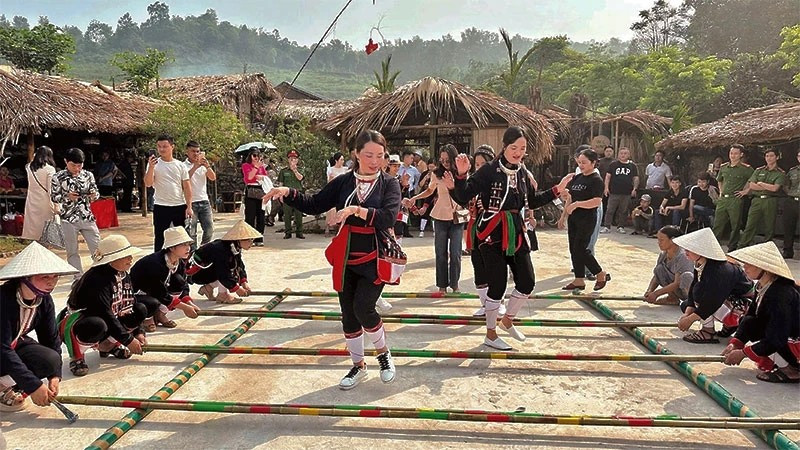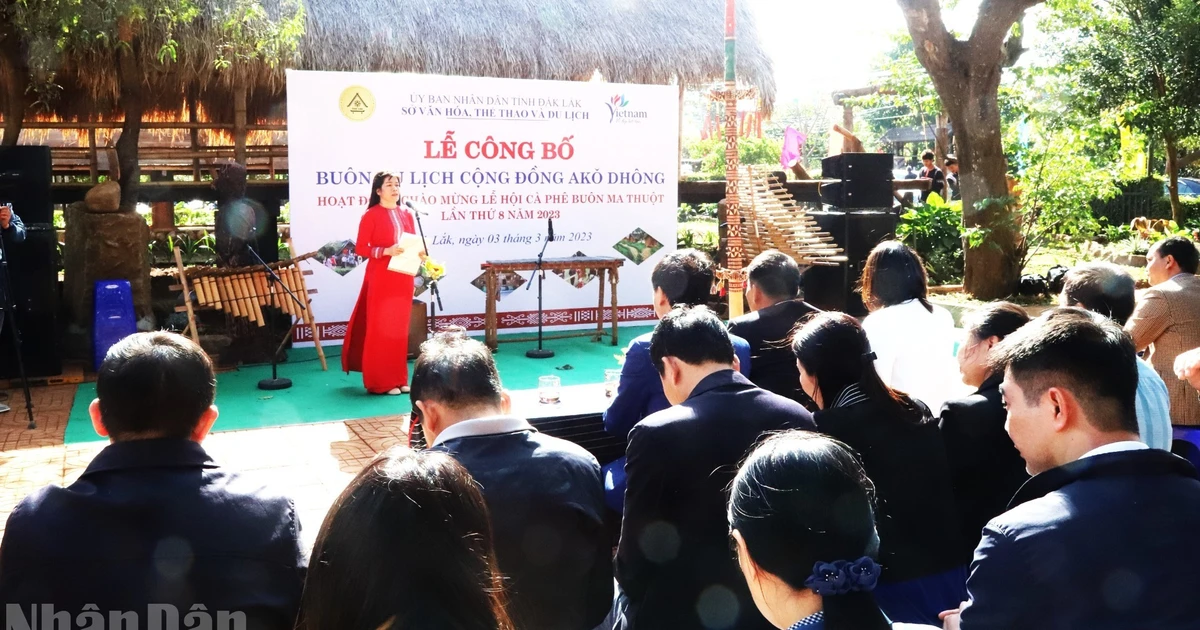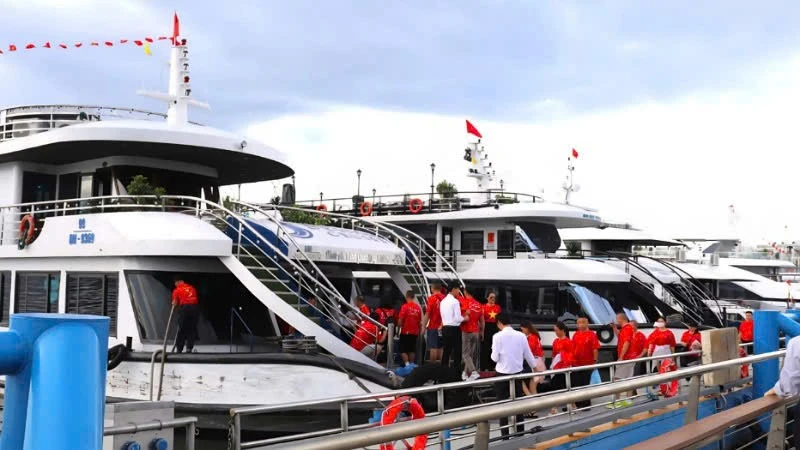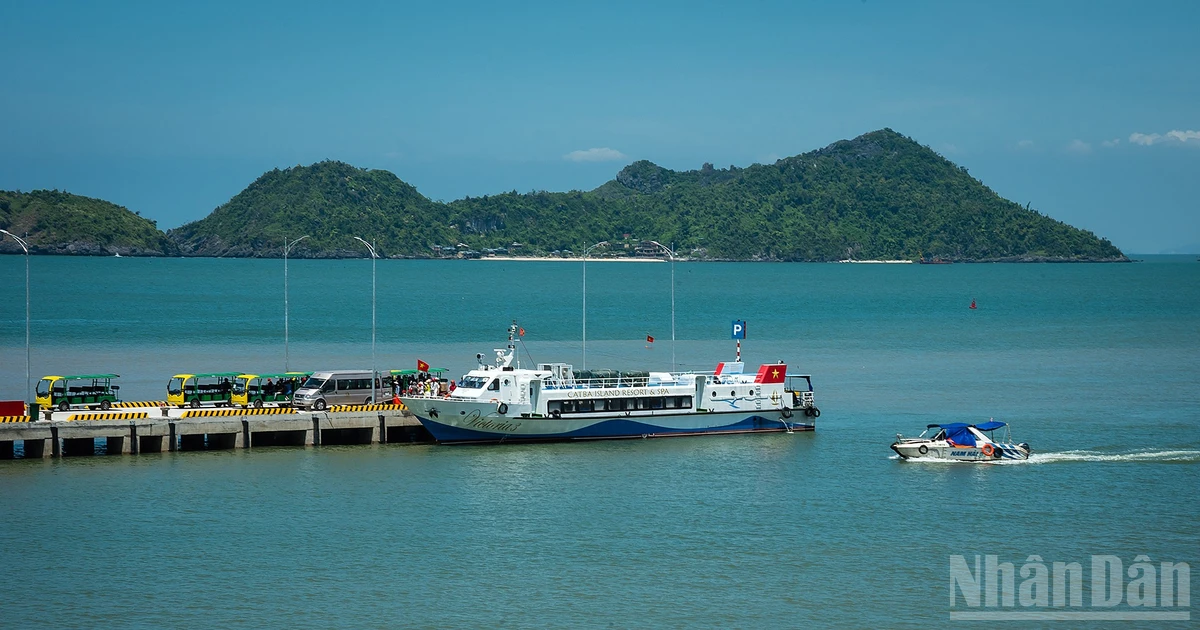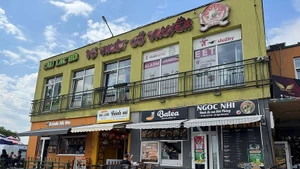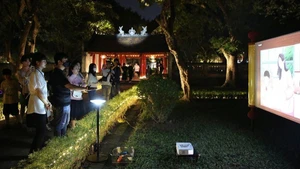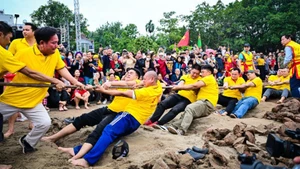According to Professor Dr Dao Manh Hung, Chairman of the Viet Nam Association for Tourism Training and Education, practical training is the “key” to improving workforce quality. As Rector of the Imperial International Hotel College (IIHC) – the first institution in Viet Nam to adopt the “hotel school” model – he explained that this approach allows students to engage with the realities of the profession from the very beginning of their studies.
Notably, the entire curriculum is delivered in English, with stringent admission criteria and clear commitments to quality outcomes. In addition to the diploma issued by the college, graduates also receive a qualification from the UK’s NCFE organisation, which offers global employability and transfer opportunities. Professor Hung hopes the model will be replicated so that more students can train and work with top professionals in the global hospitality management industry.
Pursuing the same emphasis on practical experience, Hanoi Tourism Company has implemented a “business within a school” model. General Director Nhu Thi Ngan noted that from the 2024–2025 academic year, the company has operated a travel operation training centre within a university. This allows students to study and practise using real business data on campus, as well as undertake placements within the company.
Currently, eight Directors, one Deputy General Director, and several Department Heads from Hanoi Tourism are directly involved in teaching, guiding students through product development, tour operations, marketing, customer consultation, and more. At the end of the programme, students receive a certificate of work readiness, enabling immediate integration into the job market. According to Ngan, this approach not only saves students time but also helps improve the quality of tourism workforce training.
“Tourism is an industry that experiences frequent fluctuations, and businesses are always the first to feel the impact of market shifts. That’s why localities and schools should work closely with businesses in training efforts – they provide real-world insights based on hands-on experience,” stressed Ngan.
Adopting an outcome-based approach, Ha Noi College of Tourism applies competency-based training (CBT), where students are assessed through real-life scenarios, projects, and internships.
To put this model into practice, the school has not only drawn on international experience and invested in modern infrastructure and better-qualified lecturers, but also built partnerships with over 100 businesses – from 4- and 5-star hotels to international tour operators and high-end resorts.
As a result, over 90% of students secured employment within three months of graduation, with 30% being recruited directly at their internship placements. Graduates are able to quickly adapt to real working environments, reducing the need for retraining by employers.
The emergence of these models reflects not only the efforts of training institutions and employers but also affirms the growing trend of prioritising practical training to meet current tourism development needs. However, the initial implementation of these models by certain institutions has only partially addressed the labour shortage in the tourism market. A stronger and broader collaboration among stakeholders is needed to replicate and scale up effective models. According to experts, macro-level solutions are also required to enhance the overall quality of tourism workforce training on a wider scale.
In reality, tourism businesses have limited resources and must prioritise their operational activities, meaning the enhancement of practical training cannot rely solely on enterprises.
Dr Hoang Ngoc Tue, Rector of the School of Foreign Languages and Tourism (Ha Noi University of Industry), stated that training institutions should actively apply information technology and AI to develop virtual practice and simulation models for students, in combination with guided practical sessions involving lecturers and businesses. This approach enables learners to develop professional competencies within the academic environment.
Drawing on over 20 years of experience in the field, Vu Thi Mai, Human Resources Director at Pan Pacific Ha Noi, observed that students in intermediate and college-level programmes tend to possess solid vocational skills but often lack analytical and presentation abilities. Conversely, university students typically have a strong theoretical foundation but limited real-world exposure. Therefore, integrating the practical training systems of vocational colleges with the theoretical frameworks of universities could optimise resources and and provide learners with comprehensive, well-rounded skills training.
